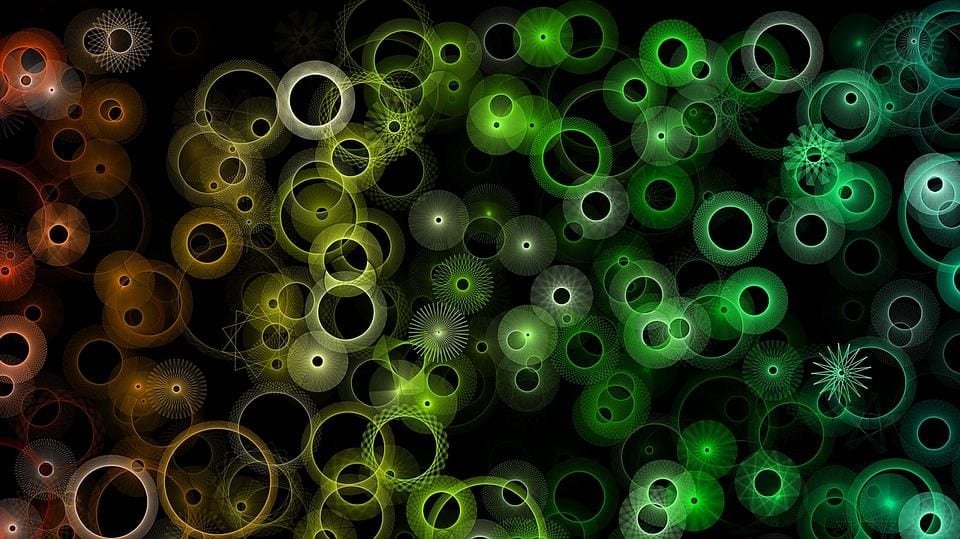By Yewande Pearse
Hallucinations may be a symptom of mental illness, but they are not necessarily harmful, as Yewande Pearse explains.
As late as the 18th century, hallucinations in their various forms were considered independent diseases or syndromes. In 1821, Alexis Vincent Charles Berbiguier de Terre-Neuve du Thym, a French author and demonologist, published a three-volume book entitled The Imps; or, All the demons are not from the other world, in which he described frequent torments by small mischievous devils. In 1816, Berbiguier became a patient of the French physician Philippe Pinel, a pioneer of psychotherapy.
In his book, Berbiguier recounted his meeting with Pinel, saying, “After listening with great attention, this doctor told me that he knew of the type of disease affecting me, and that he had successfully treated people with it.” However, Berbiguier continued feeling tormented by the imps and accused Pinel of making false claims.
Berbiguier wasn’t wrong. The concept that hallucinations were not a disease per se but a “symptom” of different diseases developed in the 19th century after what one leading psychiatrist called a “long and barren” debate. Although hallucinations are now regarded as symptomatic of a number of disorders, they are not themselves necessarily harmful. As a symptom, they can indicate that the brain is not functioning properly, which may lead to other harmful symptoms, but hallucinations are not categorically good or bad.
The consequences of experiencing hallucinations vary from one experience to the next. For example, “low-level” auditory hallucinations experienced in the general population are usually mundane and cause little distress, while auditory hallucinations experienced by some schizophrenia patients during episodes of psychosis can be violent and extremely distressing, perhaps even leading to dangerous behavior that could harm the individual or others. (That said, violent behavior is rare, and the idea of people with schizophrenia being dangerous is largely a myth perpetuated by ill-informed media.)
Some people, both those with and without mental illness or a neurological disorder, actually enjoy their hallucinations. People who experience visual hallucinations following a bereavement, for example, can find them comforting. In one study, 86 percent of widowers described their hallucinations as good or helpful. Individuals with Charles Bonnet syndrome, a common condition among people who have lost their sight which causes them to see things that are not there, report mixed experiences. According to the late Oliver Sacks, seeing faces — which are sometimes deformed — is the single most common hallucination, an experience many people with the condition are averse to. The second most common hallucination is cartoons, which some patients do not mind.
Furthermore, many people deliberately induce hallucinations. In recent years, people in the west have started taking part in ayahuasca ceremonies, a traditional practice among indigenous groups of the Amazon, as a way to experience a “spiritual awakening” through experiencing visions.
The use of hallucinogenic drugs have also been used as inspiration and a way to reach new levels of creativity. The book Riding So High, The Beatles and Drugs by Joe Goodden, describes how LSD greatly influenced The Beatles’ music between 1965 and 1968, leading to the creation of the 1966 and 1967 albums, Revolver and Sgt Pepper’s Lonely Hearts Club Band.
Hallucinations force us to question the very nature of reality. Unlike imagination, hallucinations don’t seem to be of our own creation, are often outside of our control, seem to come from the outside world, and mimic perception. One might argue that it is easy to define reality in a way that rules out hallucinations by considering “normal” to be what appears to a large group of people. However, hallucinations can be experienced by large groups of individuals.
Take Koro for example, a culture-bound syndrome in South East Asia that is characterized by a panic anxiety state that one’s penis is shrinking or retracting into the abdomen, or even disappearing. Just because lots of people perceive something does not make it real. So what does?
This article was originally published on Massive Science and was republished with permission. For the original, click here.
Yewande Pearse is a Research Fellow in Neuroscience at LA Biomed.
Disclaimer: The ideas expressed in this article reflect the author’s views and not necessarily the views of The Big Q.
You might also like:
What is a hallucinogen? What these mind-altering drugs do in our brains

